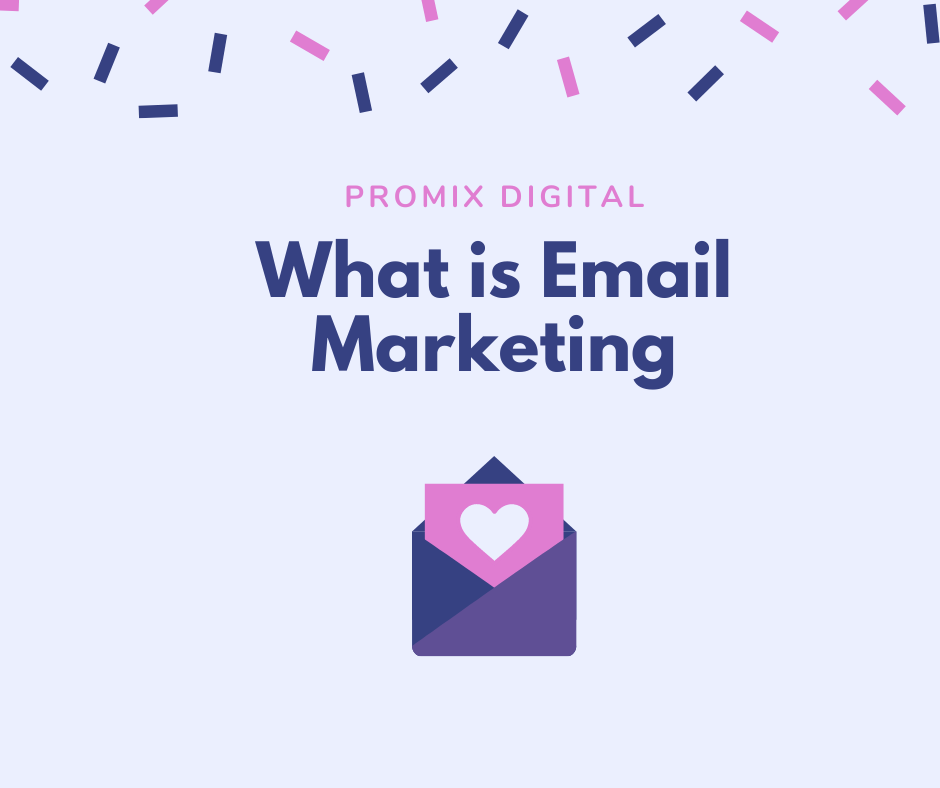
Search Engine Optimization In Digital Marketing
Reach More Traffic To your Business with SEO
Search Engine Optimization In Digital Marketing
Introduction to SEO in Digital Marketing
Consider having a storefront with no signs — no name, no windows, nothing. People might come in seeking for product A, but you’re selling product B. Now, if you have a shop with a proper name and, most likely, a product image on it, it will draw a lot of people from the street who will ask what you sell, and some of these customers will tell other potential targets about their buying experience and about your products and businesses. Download Report
The practice of making a web page easy to find, crawl, and categories is known as SEO (search engine optimization). It’s all about assisting your clients in locating your company among thousands of others. Any digital marketing strategy should include SEO. It is mostly focused with a comprehensive approach to attracting people to your business using online channels. And in order to do so, the website needs rank higher in the SERPs (search engine result page). To give you an idea, consider this SEO fact: almost 14 billion searches are conducted online each month. With the emergence of the global economy, practically every company now has an internet presence. Consider how many of those 14 billion searches are for your company. To meet that goal, your website must rank higher in search engine results pages (SERPs), perform well in social media marketing, and perform well in PPC (paid per click) operations, among other digital marketing chores.
Advertising is critical for every business. When a company goes online, advertising is the most effective way to attract a large number of traffic. SEO allows for a significant amount of free promotion.
A well-optimized website will appear on the top page of a search engine results page (SERP). People, according to popular notion, scan and review the first two pages of a SERP. Search engines are used by over 74 % to find local company information. When compared to other forms of online marketing, such as PPC, social media marketing, and email marketing, SEO has a relatively high return on investment. Nearly 80-90 percent of clients read online evaluations before purchasing a product on a regular basis.

How does SEO work?
- The software that crawls the content of web pages is called a search engine. So, unlike humans, search engines rely on text. Crawling, scanning, and storing (or indexing), courses of action, measuring pertinence, and recovering are all actions that lead to search results. The difference with an excellence count is that you’re calculating design elements rather than individual acts. For instance, the following are some of the elements that are known to contribute to a quality score:
- Website names and URLs
- Page content
- Meta tags
- Characteristics of Link
- Usability and accessibility
- Page design
Let’s have a look at how this whole process works:
Crawling: Every search engine has software known as a Crawler or Spider (in Google’s case, it’s Googlebot) that crawls the content of webpages. Because a crawler cannot check every day to see whether any new pages have emerged or if any existing pages have been modified, some crawlers may not visit a webpage for a month or two. It’s vital to understand what a search engine can’t crawl in this context: images, Flash movies, JavaScript, Frames, password-protected pages, and directories. As a result, if you have a large number of them on your website, you should do a keyword simulator test to see if the spider can notice them. Those that cannot be viewed are not spidered, indexed, or processed. On the other side, search engines will not be able to find them.
Indexing: Post-crawling content indexing The Spider saves the indexed pages in a massive database, which may be accessed by typing in a related search term or keyword. This will be impossible for humans, but it is routine job for search engines. Occasionally, search engines are unable to comprehend the content of a page. And you’ll need to properly optimize the page for that.
Search work: The search engine processes, or compares, the key phrases searched with the pages indexed and kept in its record, with each search request. The identical search phrases appear on millions of sites. As a result, the search engine measures the relevancy of all pages and compares them to what it has indexed based on the terms entered in the SERP.
Algorithms: A search algorithm is a diagnostic method that takes a puzzle (when a specific keyword is searched), sorts through a database of catalogued keywords and URLs that are relevant to those keywords, estimates some possible answers, and then reverts pages that contain the word or phrase that was searched for, either in the body content or in a URL that directs to the page. There are three types of search algorithms: on-site, off-site, and whole-site.
Although each algorithm examines distinct components of a webpage, like as Meta tags, title tags, links, keyword density, and so on, they are all part of a broader algorithm. That is why different search engines with different algorithms produce different results for the same search term. And because all of these search engines (primary, secondary, and targeted) update their algorithms on a regular basis, you must be able to react to these changes if you want to stay on top. This necessitates solid SEO knowledge.





